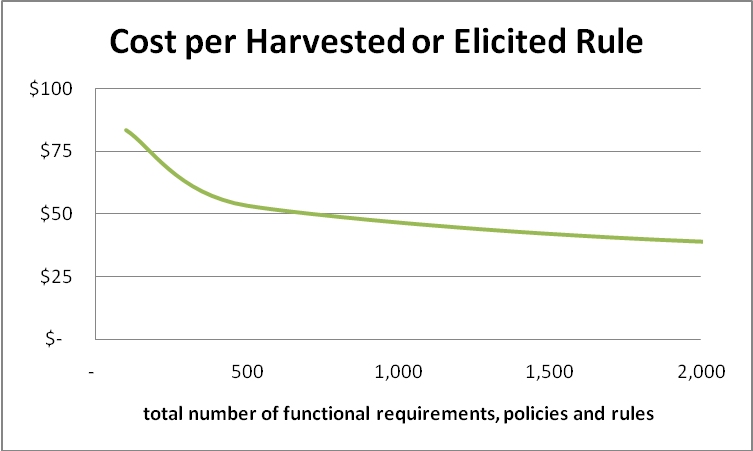Complex event processing (CEP) software handles many low-level events to recognize a high-level event that triggers a business process. Since many business processes do not consider low-level data events, BPM may not seem to need event processing. On the other hand, event processing would not be relevant at all if it did not occasionally trigger a business process or decision. In other words, it appears that:
- CEP requires BPM but
- BPM does not require CEP
The first point is market limiting for CEP vendors. Fortunately for CEP vendors, however, most BPM does require event-processing, however complex. In fact, event processing is perhaps the greatest weakness of current BPM systems (BPMS) and business rules management systems (BRMS), as discussed further below. Continue reading “CEP crossing the chasm into BPM by way of BRMS”

